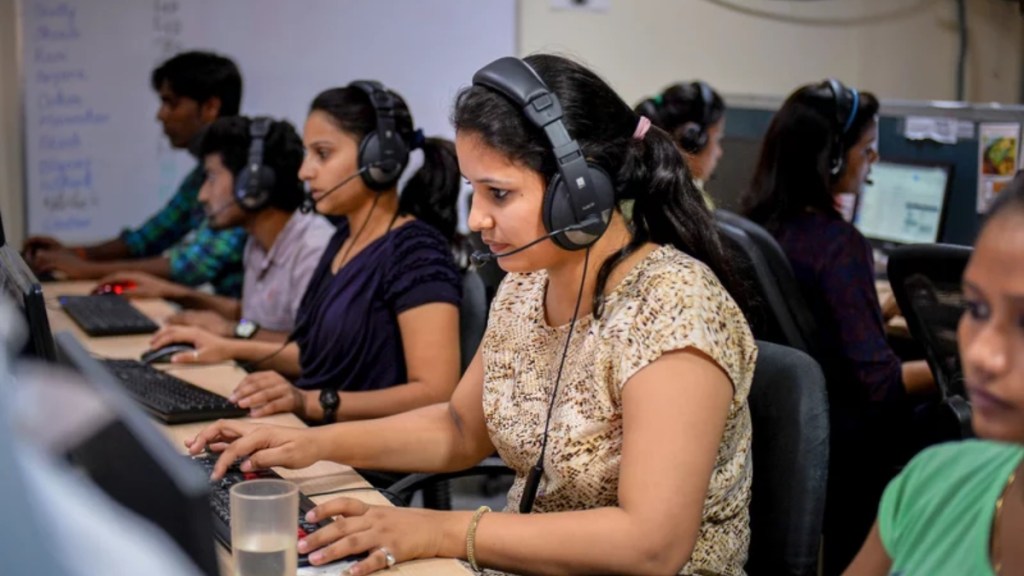The Center for Monitoring the Indian Economy (CMIE) highlighted a significant gap between women’s enrollment in schools and their representation in the workforce. The year 2022 marked a turning point, with CMIE reporting that only 10% of working-age Indian women were either employed or actively seeking jobs. In primary education, the Gross Enrolment Ratio (GER) (female) increased from 101.8% in 2018-19 to 104.8% in 2021-22. For upper primary, the GER (female) rose from 87.74% in 2018-19 to 94.9% in 2021-22, according to the Unified District Information System for Education Plus (UDISE+) report, published by the Department of School Education and Literacy, Ministry of Education. “Primary obstacles hindering the seamless transition of Indian women from educational institutions to the workforce encompass societal norms, gender stereotypes, insufficient family support, subpar infrastructure and restricted access to opportunities,” Meenakshi Sharma, assistant director, PR and media, KL Deemed to be University, told FE Education.
Experts believe that women often encounter challenges in securing employment opportunities which require hard skills. Positions in the core engineering sector or those involving extended working hours, night shifts or extensive travel are perceived as areas where women may face difficulties. “Educational institutions have to develop customised upskilling courses that women can enroll in to offset incurred expenses. Additionally, they can implement mentorship programmes designed to assist women in navigating their endeavours to improve their employability,”Chiradip Bandyopadhyay, area chair – HRM, FORE School of Management, said.
In 2023, men’s workforce participation in India rose to 67%, marking an uptick from the 2021 rate. The participation rate for this segment of the Indian workforce exhibited a fluctuating trend since 2016. On the other hand, women’s participation in the workforce declined from approximately 36% in 2021 to slightly more than 33% in both 2022 and 2023, according to Statista. “By incorporating internship opportunities, mentorship programmes, targeted training and offering financial support, educational institutions can serve as an ideal leveling ground for women entering the workforce,” Ashwath Bharath, senior director, movement building, Teach For India, said.
Effectively addressing the gender gap in the workforce requires crucial government policies and initiatives. Programmes which encourage women’s education, skill development and entrepreneurship, along with measures supporting workplace inclusivity and childcare, can significantly enhance female workforce participation. “Targeted policies play a pivotal role in bridging the gap between educational attainment and employment, ultimately fostering women’s economic empowerment,” Sharma added.

